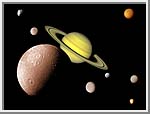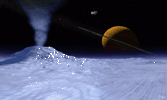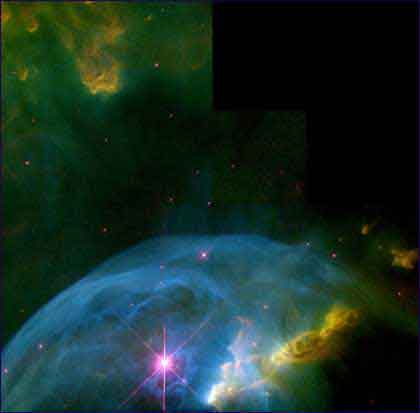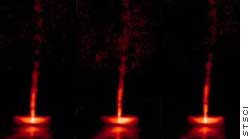

3
4
5
6
7
8
9
10
CNN
NBC
CBS
Reuters
A.P
ITN
BBC
NBN
Yahoo News
Particle Physics
Electromagnetism
Laser Research
Holography
Ion- Propulsion
Remember, you Saw it here First!

A New Twist to those whacky Protoplanetary Disks!
Protoplanetary disks, those enigmatic recently-discovered massive circular areas surrounding several mature & newborn stars, including the one on which our solar-system rides, have been theorized by scientists to have been formed by the excessive swirling of protoformulary gases surrounding the star during and after its ignition & birth.
SciMax, however, is advancing a new & more revolutionary theory concerning this incredible phenomena; one that brings a new twist to the origin Of solar-systems, and the importance of the disks in general.
Coming soon, a Scimax Original Theory,
An Alternative Theory of the Origin of the Protoplanetary Disk.
Copyright SciMax2000
Chapter1
There is ever-increasing evidence that suggests that the proplyd, or protoplanetary disk, the plane on which planets revolve around a star, is formed during the course of the birth of the star, and is actually a gradual process taking thousands of years.
In Star-System HH30, a proto- system located about 450 light-years fromEarth, there are several phenomena occurring simultaneously, a situation which is attracting intense interest from the Scientific Community.
First, there is a star in the middle of the System(HH30) which is spewing massive opposing energy-streams into the surrounding Universe at an incredible rate, for distances of several billions of miles. These streams are being ejected from the areas exactly perpindicular to the star's nascent disk. It appears that the nascent disk in this case is providing the energy-source for the reaction which results in the energy-streams.
Not far from HH30 are a pair of mutually-orbiting protostars which have apparently emitted a gas-filled energy-bubble within which there appears to be a high rate of reactive activity.These stars are named XZ Tauri. The following hypotheses , based on this star-system and its phenomena, are hereby humbly advanced exclusively by SciMax.
Hypothesis 1
In the case of Star HH30, it appears as though this protostar is in the process of forming a black-hole, due to the fact that the energy which it should be expending for the purpose of creating a proto-system is being expelled out into the surrounding area in a manner similar to that of a black-hole.
Hypothesis2
In the matter concerning XZ Tauri, it is hereby postulated that this star-pair is in the process of forming a solar-system, due to the fact that a proto-bubble has been ejected from within them, and protoplanetary reactions seem to be in process within the proto-bubble.
Furthermore, we at SciMax would like to humbly advance the Theory that , in order for planets to form and develop within a solar-system, it is essential that one or more proto-bubbles should be ejected from the protostar, containing not only the necessary energy and gases needed for the formation of the planets, but also the fusionary and non-fusionary materials from within and around the protostar and the remnants of its nascent disk.
It is hereby further suggested that each proto-bubble would produce a single planet,thus minimizing the probability of orbit-sharing planets.
Furthermore it is hereby submitted that under this hypothetical theory, the larger planets would be formed within the outermost proto-bubbles, while the smaller planets would form closer to the proto star.
Additionally, it is hereby advanced that the proto-bubble performs the duties of a protoplanetary womb within which the planet is born, and develops into full planethood.
There is a strong possibility that without the ejection of proto-bubbles, highly stabilized and confining incubatory areas within which planets are allowed to form, almost all the protoplanetary materials and gases ejected from in and around the protostar would drift aimlessly into space, or languish eternally within the protostar's gravitational field as formless asteroids.
It is further postulated that at a certain point during the planet's development and maturation, the proto-bubble gradually begins to recede spherically, until it collapses into a flat two-dimensional
disk ,commonly referred to as the protoplanetary disk.
Within this disk, formed by all the collapsed proto-bubbles, the new planets continue their existence while orbiting the star within their exclusive proplyd boundaries formed initially by the boundaries between the nascent proto-bubbles.
Chapter2:The SciMax Bubble Star Phenomenon Theory
Chapter3. Summary of Theories.
Sept 24 2000
Copyright SciMax2000.
Contact us at :scizone2k@yahoo.com


Stellar object HH30
